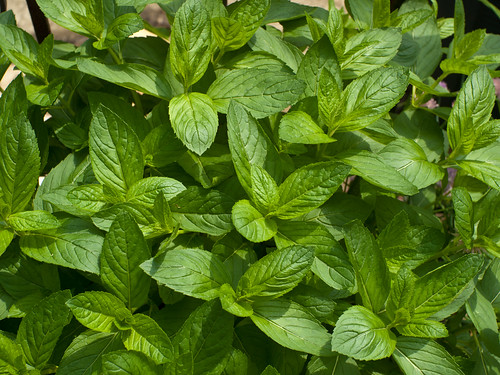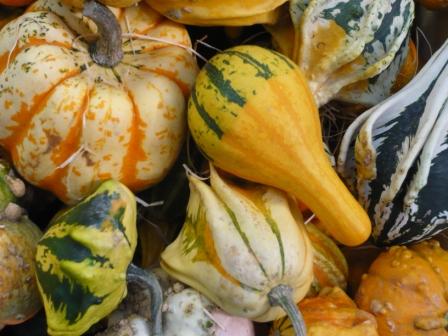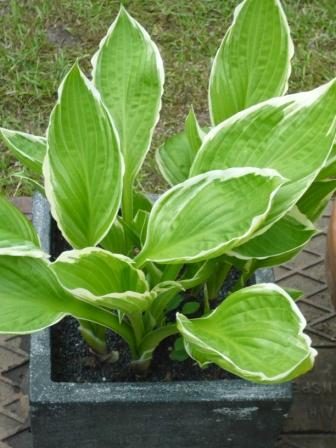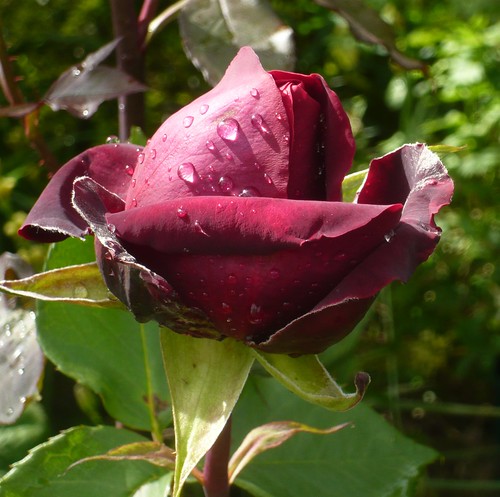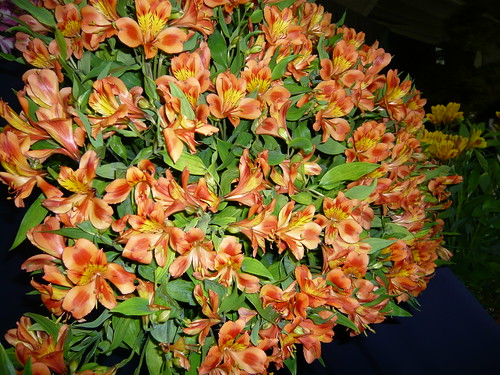Growing Top Ten Euphorbia
The most popular Euphorbia purchase in December is the poinsettia but many cacti are also Euphorbias.
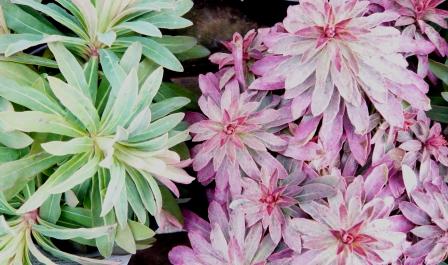
Euphorbia is one of the most diverse genera in the plant kingdom with over 2100 species. Members of the family and genus are sometimes referred to as Spurges. They range from annual weeds to trees. They all have a latex sap which can be an irritant and a unique flower structure. Many Euphorbias are succulent and the characias species are an architectural perennial with fresh bluish-green foliage.
Top Ten Euphorbias
- Euphorbia milii or Crown of Thorns is a succulent houseplant which has spiny stems and comes from Madagascar. Easy to grow in cool, bright conditionsit is propagated from tip cutings.
- E. griffithii ‘Fireglow’ one of the few euphorbias with orange-tinted bracts and a red flush to its leaves. ‘Fireglow’ has the Award of Garden Merit (AGM).
- Euphorbia pulcherrima is the plant often associated with Christmas the Poinsettia with flame red bracts or cream and pink varieties for indoor growing. …

